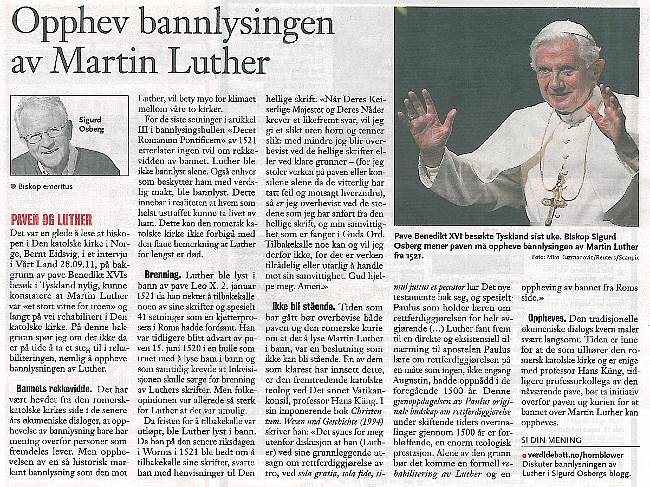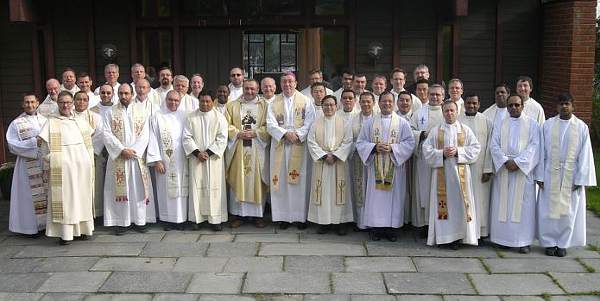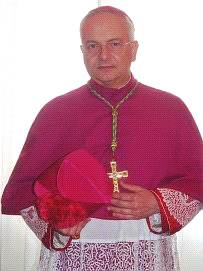 Kardinal Mauro Piacenza, prefekt for Kongregasjonen for Kleresiet, sa nylig til seminarister i Los Angeles:
Kardinal Mauro Piacenza, prefekt for Kongregasjonen for Kleresiet, sa nylig til seminarister i Los Angeles:
… Sarete voi, probabilmente, la prima generazione che interpreterà correttamente il Concilio Vaticano II, non secondo lo «spirito» del Concilio, che tanto disorientamento ha portato nella Chiesa, ma secondo quanto realmente l’Evento Conciliare ha detto, nei suoi testi alla Chiesa ed al mondo.
Non esiste un Concilio Vaticano II diverso da quello che ha prodotto i testi oggi in nostro possesso! É in quei testi che noi troviamo la volontà di Dio per la sua Chiesa e con essi é necessario misurarsi, accompagnati da duemila anni di Tradizione e di vita cristiana.
Il rinnovamento é sempre necessario alla Chiesa, perché sempre necessaria é la conversione dei suoi membri, poveri peccatori! Ma non esiste, né potrebbe esistere, una Chiesa pre-Conciliare ed una post-Conciliare! Se così fosse, la seconda -la nostra- sarebbe storicamente e teologicamente illegittima! …
Om man ikke forstår denne (enkle) italienske teksten, ser en foreløpig engelsk utgave slik ut (her ser man også litt mer av fortsettelsen):
… Yours will probably be the first generation that will correctly interpret the Second Vatican Council, not according to the «spirit» of the Council, which has brought so much disorientation to the Church, but according to what the Conciliar Event really said, in its texts to the Church and to the world.
There is no Vatican II different from the one that produced the texts we have in our possession today! It is in those texts that we find that will of God for his Church and it is to them that we must refer, accompanied by two thousand years of Tradition and Christian life.
Renewal is always necessary for the Church, because the conversion of her members, poor sinners, is always necessary! But there cannot be, nor could there be, a pre-Conciliar Church and a post-Conciliar Church! Were it thus, the second one – ours – would be historically and theologically illegitimate!
There is only one Church of Christ, of which you are part, that goes from Our Lord to the Apostles, from the Blessed Virgin Mary to the Fathers and the Doctors of the Church, from the Middle Ages to the Renaissance, from Romanesque to Gothic to Baroque, and thus until our days, uninterruptedly, without any solution of continuity, ever!
And all that because the Church is the Body of Christ, it is the unity of His Person that is given unto us, her members!
You, most dear Seminarians, will be priests in the same Church of Saint Augustine, of Saint Ambrose, of Saint Thomas Aquinas, of Saint Charles Borromeo, of Saint John Mary Vianney, of Saint John Bosco, of Saint Pius X, up to Saint Padre Pio, Saint Josemaría Escrivá and Blessed John Paul II. You will be priests of the same Church that has been made up of so many holy Priests who, throughout the centuries, have rendered the face of Christ, Lord of the world, luminous, beautiful, radiant, and, therefore, easily recognizable. …
At Vatikankonsilet, rett forstått, ikke skaper noen revolusjon i Kirken, er egentlig ganske klart (og jeg har nevnt det utallig ganger på denne bloggen), men likevel har det blitt hevdet at mange modernister/liberale og også av noen konservative/tradisjonalister. Heldigvis har vi mindre av denne voldsomme spenningen mellom det tradisjonelle og det moderne i Kirken i Norge enn i mange andre land.
Hele kardinalens tale kan leses på italiensk HER, på spansk HER, og HER er utdraget på engelsk.

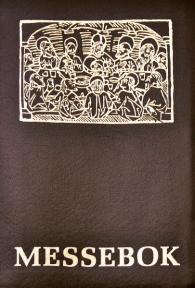 Det er blitt skrevet en del her på bloggen i det siste om de norske oversettelsene som brukes i katolsk liturgi i Norge. I den forbindelse kan jeg nevne at den katolske (søndags-)messeboken som har vært utsolgt i noen år, nå (snart) er tilgjengelig i ny utgave – til kr 389. Slik skriver
Det er blitt skrevet en del her på bloggen i det siste om de norske oversettelsene som brukes i katolsk liturgi i Norge. I den forbindelse kan jeg nevne at den katolske (søndags-)messeboken som har vært utsolgt i noen år, nå (snart) er tilgjengelig i ny utgave – til kr 389. Slik skriver 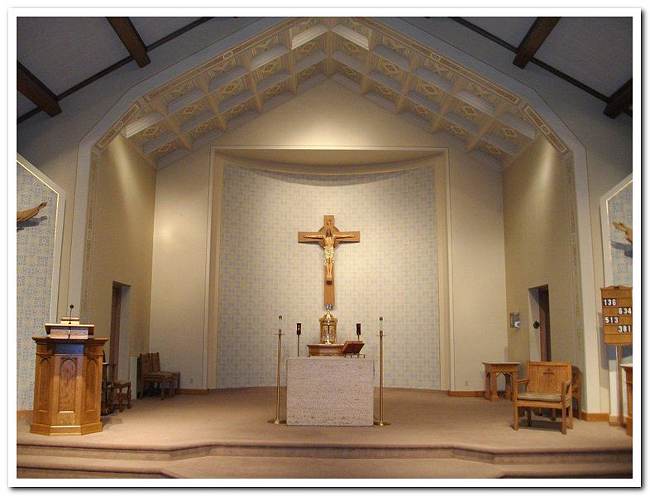
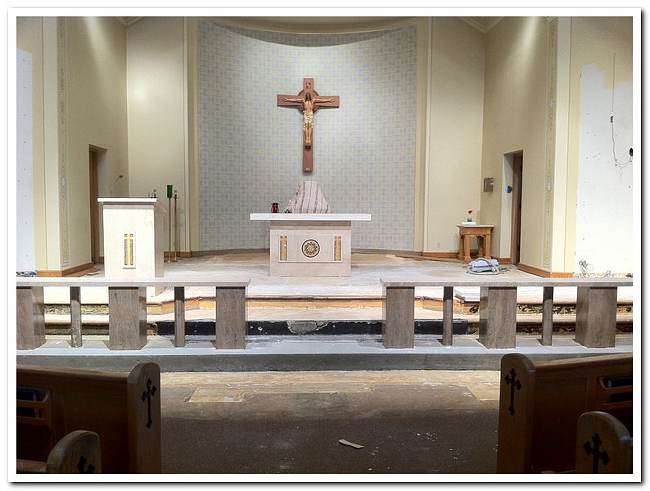
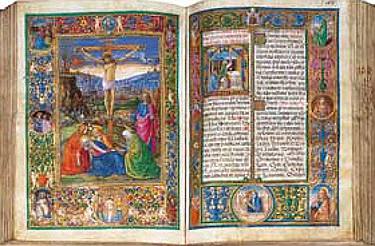

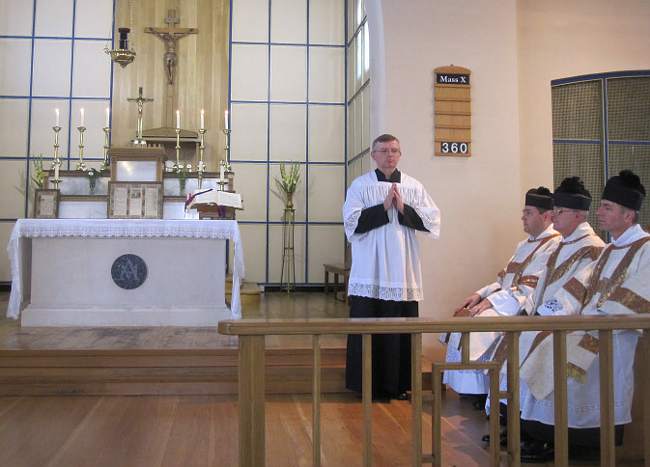
 Kardinal
Kardinal 